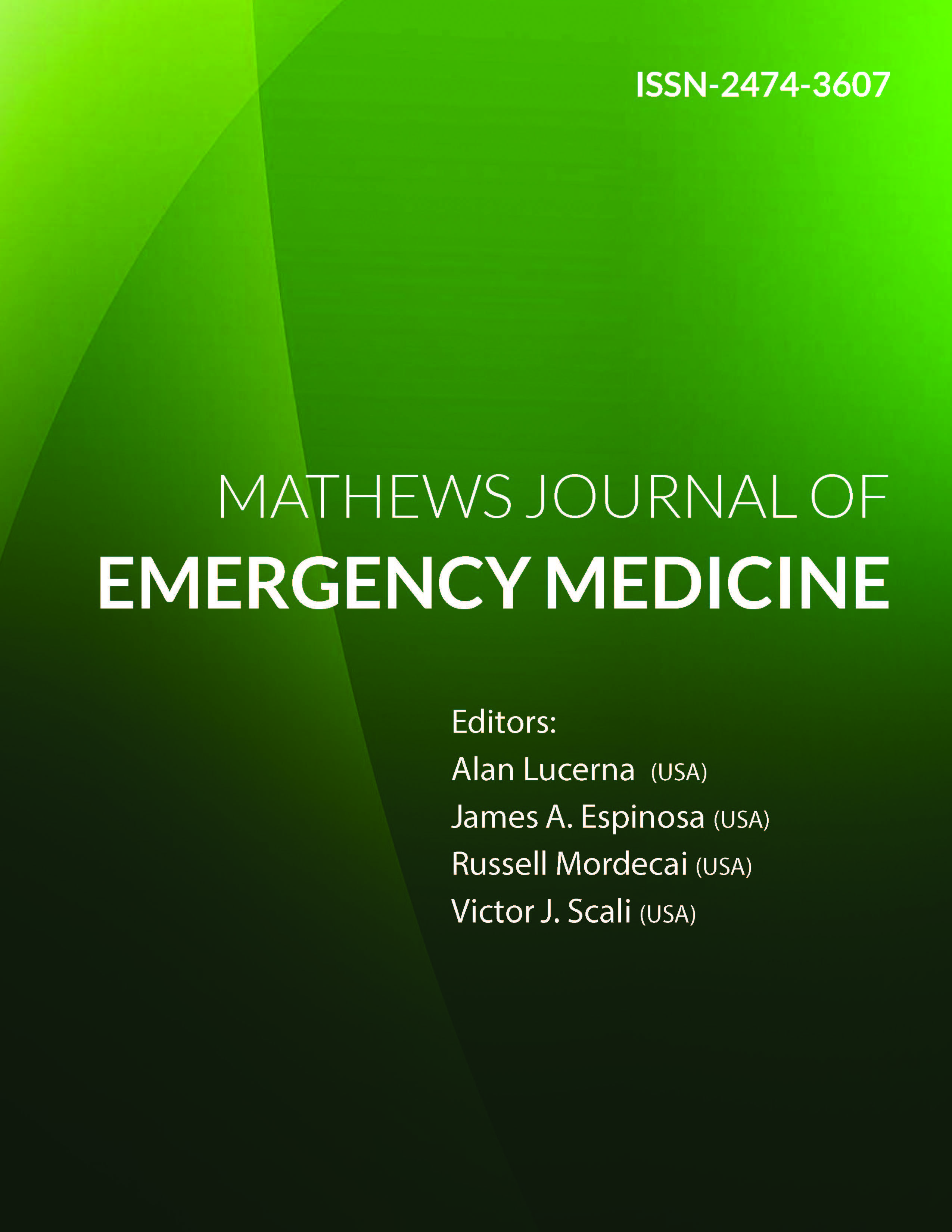
Information Links
Previous Issues Volume 3, Issue 1 - 2018
The Accuracy of Clinical Ultrasonography in the Diagnosis of Shoulder Joint Dislocation
Behnam movahedi1*, Leila azizkhani1, Sarvenaz Salahi2, Arman mohammadi1, Enayatollah Noori3
1 Department of Emergency Medicine &Traumatology, Besat Hospital, Kurdistan University of Medical Sciences, Sanandaj, Iran.
2 Department of minimal invasive surgery research committee, School of Medicine, Iran University of Medical Sciences, Teran, Iran.
3 Department of research committee, School of Medicine, Qom University of Medical Sciences, Qom, Iran.
Corresponding Author: Behnam Movahedi, Department of Emergency Medicine &Traumatology, Besat Hospital, Kurdistan University of Medical Sciences, Sanandaj, Iran, Tel: +989355155124; Email: [email protected]
Received Date: 10 Oct 2018
Accepted Date: 06 Dec 2018
Published Date: 12 Dec 2018
Copyright © 2018 Movahedi B
Citation: Movahedi B, Azizkhani L, Salahi S, Mohammadi M, et al. (2018). The Accuracy of Clinical Ultrasonography in the Diagnosis of Shoulder Joint Dislocation. M J E-Med. 3(1): 031.
ABSTRACT
Introduction: When the head of the humerus is out of the shoulder joint, it is termed as shoulder joint dislocation. This type of dislocation can be easily diagnosed through taking precise medical history and accurate physical examination. In the case of dislocation with fracture, clinical diagnosis and confirmation of this pathologic condition are done by using radiography. After joint reduction, radiography of shoulder is requested which includes the confirmation of reduction and evaluation about any new fracture during the shoulder reduction. According to the common use of ultrasonography in the emergency, and the lack of studies about its precision in diagnosis of shoulder dislocation and its reduction, we designed this study with the aim of evaluating the accuracy of ultrasonography in these fields.
Methodology: In this case-control study, patients who visited the Emergency Department of Besat Hospital with a clinical diagnosis of shoulder dislocation were examined by ultrasonography in terms of diagnostic criteria of the shoulder joint dislocation and fracture before radiography. In addition, patients’ status was also evaluated through clinical examination and then they were sent for radiography.
Results: In this study, 100 patients diagnosed with shoulder dislocation were examined. The mean age of patients was 39.15. In terms of gender, 85% of patients were male, and 71% of them were complaining of a shoulder dislocation for the first time. All patients were examined by both ultrasonography and radiography. None of the patients were afflicted with a shoulder dislocation. Positive and negative predictive value, sensitivity, feature, and accuracy of ultrasonography were equal to 100%.
Conclusion: Based on the study results, ultrasonography has an appropriate accuracy in diagnosing the shoulder dislocation and confirming the reduction. Therefore, it can be considered as a beneficial alternative to radiography in the diagnosis of shoulder dislocation and confirmation of its reduction. However, considering the shortage of patients with a shoulder dislocation, it recommended that more studies be conducted on patients with a possible shoulder dislocation and complications of dislocation to assess the diagnostic power of ultrasonography.
KEYWORDS
Shoulder Dislocation; Ultrasonography.